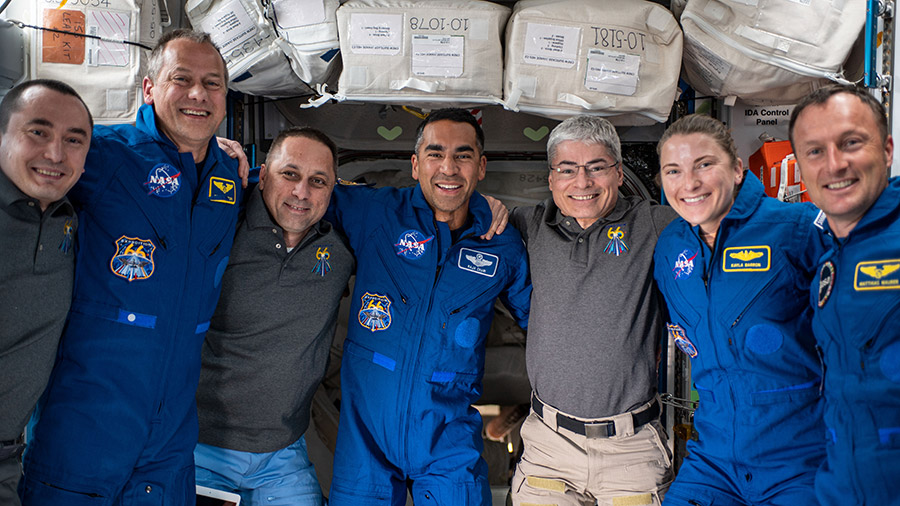Crew Operations Aboard Space Station Return to Normal

NASA and U.S. Space Command continue to monitor the debris cloud created by a recent Russian anti-satellite test. The International Space Station and crew members are safe and have resumed normal operations. The largest risk from the debris was in the first 24 hours and telemetry from the space station indicates no issues during that time. About 1:20 a.m. EST today, radial hatches extending from the space station’s center, including Kibo, Columbus, the Permanent Multipurpose Module, Bigelow Expandable Activity Module, and Quest Joint Airlock, were reopened.
Following the incident, crew members were awoken, notified of the debris and asked to close specific hatches based on the space station’s safe haven procedures. Hatches between the U.S. and Russian segments also were closed initially, but were later opened when the higher risk period passed. Crew members’ daily tasks were adjusted during this time to accommodate the hatch closure. After closing the hatches, the crew then entered their Soyuz and Crew Dragon spacecraft for approximately two hours, from 2 a.m. – 4 a.m. EST. No debris avoidance maneuver was performed.
Space debris is tracked by Space Command and conjunction analysis is performed by NASA, with mitigations available for debris clouds and individual conjunction threats (such as debris avoidance maneuvers). If orbital debris were to strike the station and cause an air leak, the crew would close hatches to the affected module. If crew members do not have time to close the affected module, they would enter their respective spacecraft and, if necessary, undock from the space station to return to Earth.
This debris cloud that was just created has increased the risk to the station. The cataloging of the total number of identifiable pieces of debris is ongoing. Once the debris cloud is dispersed and items are tracked and catalogued, NASA will receive notifications of potential conjunction threats to the station and perform maneuvers as necessary. In addition, NASA will continue to perform visual inspections and review telemetry data to ensure vehicle health.
Teams are assessing the risk levels to conduct various mission activities. Any changes to launches, spacewalks, and other events will be updated as needed.
from Space Station https://ift.tt/3HsX4WN
Comments
Post a Comment